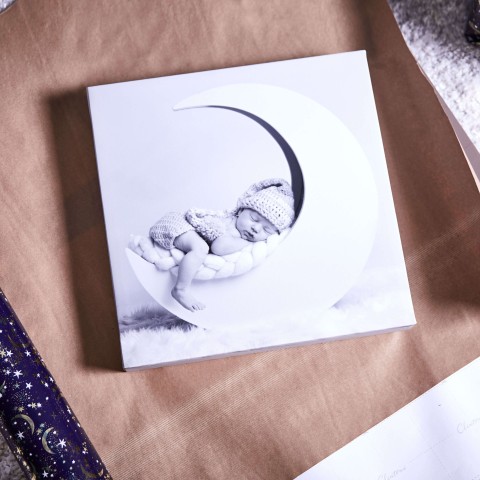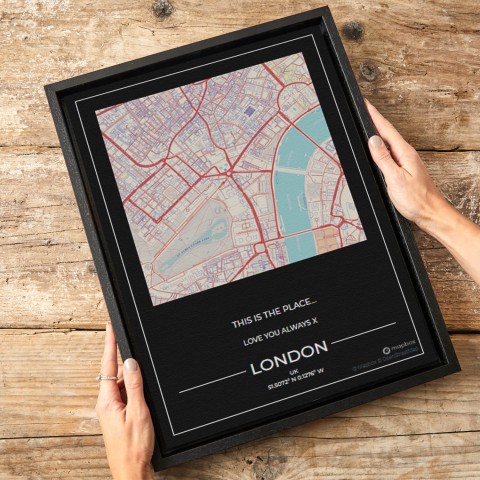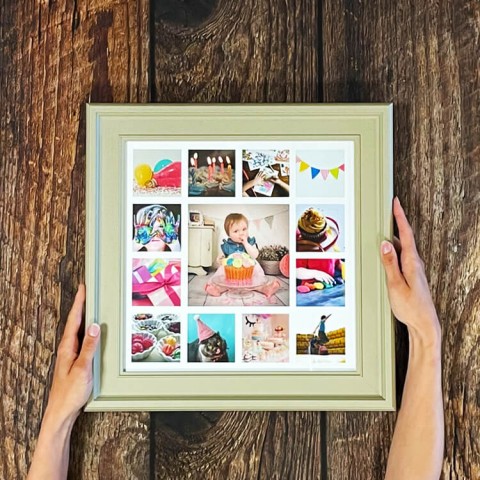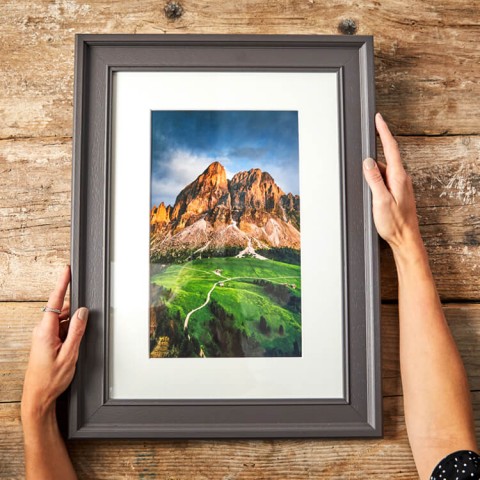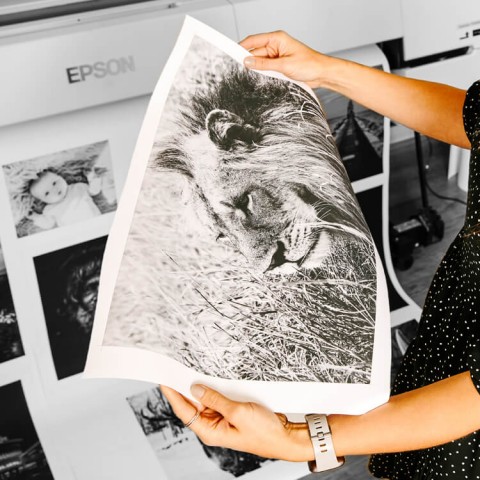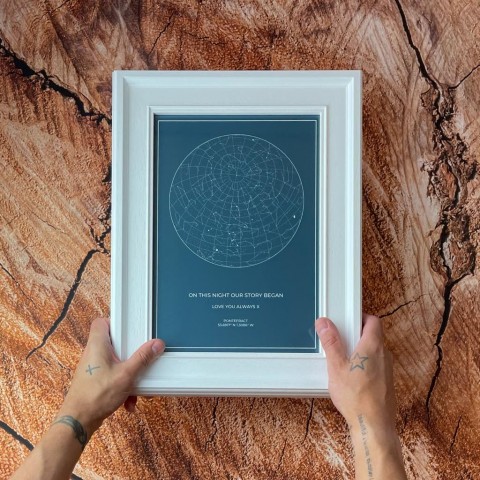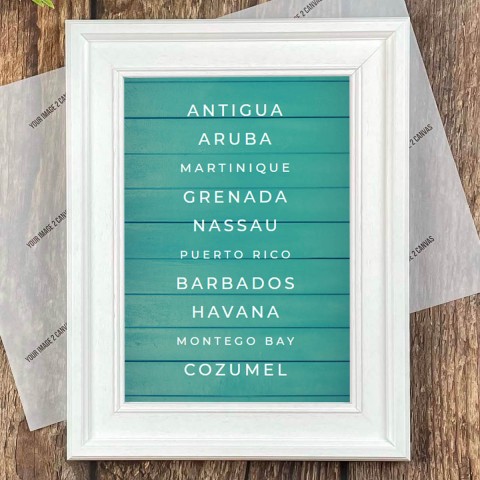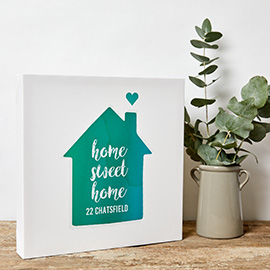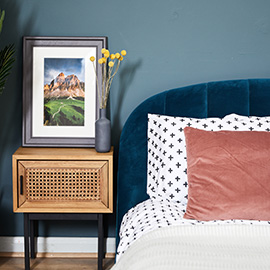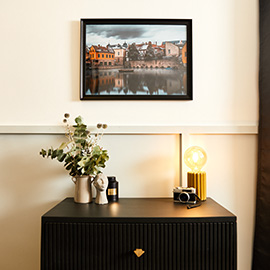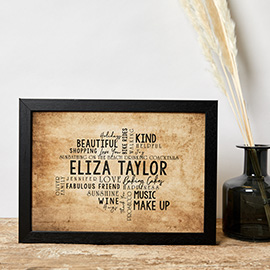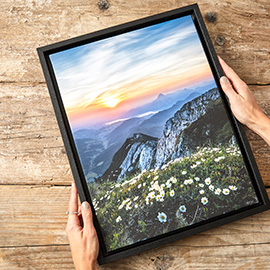Getting to Grips with Your Prime Lens
Last week we waxed lyrical about the joy of using cheap and cheerful prime lenses and showed you that you don't need to spend a fortune to achieve some great results. This week we’re giving you some tips to help get the very best out of your little ‘nifty fifty’ or 35mm, so your canvas prints have that ‘wow’ factor and you may even be able to convince people that the image was shot by a true professional!
Where's the zoom ring?
When people first use prime lenses they can feel restricted by the lack of a zoom ring. One reason these cheap little f/1.8 lenses are so cheap is the simplicity of the construction – and having no zoom is part of that. So what do you do when you can't zoom in or out? Move your feet! Using a prime will teach you to think more about how you compose your shots. Be proactive, practice often and get moving. You'll soon be framing your shots naturally and filling the frame perfectly.
Where's the hood?
Most small primes don't really need lens hoods. Inherent in the design of most 50mm f/1.8 lenses is a recessed front element. This is great for shielding from flare and protecting the lens – and you’ll find modern prime lenses are quite flare-resistant anyway at this focal range.
Everything seems out of focus!
One of the most appealing features of prime lenses is the ability to use a very narrow depth of field. Most kit lenses and budget standard zooms have, at best, an aperture of f/3.5 at the widest end, while it’s fairly standard for our cheap primes to go to f/1.8.
What does this mean? It means that we can isolate the subject more easily and create lovely, ‘creamy’ out of focus areas. The problem with this is that there’s a steep focusing learning curve. Shooting at between f/1.8 and f/2.8 requires us to work harder on nailing focus – always choose the focus point closest to the exact part of the subject you wish to be pin sharp. With people photography, this should almost always be the closest eye to the camera. It will take some time to get this right and subsequently, your keeper rate will go down, so expect to have to shoot more while you adapt. It’ll be worth it though when you're producing print-worthy portraits.
Next week we'll take a look at some fun challenges to help you get creative with your prime lens and improve your photography.


